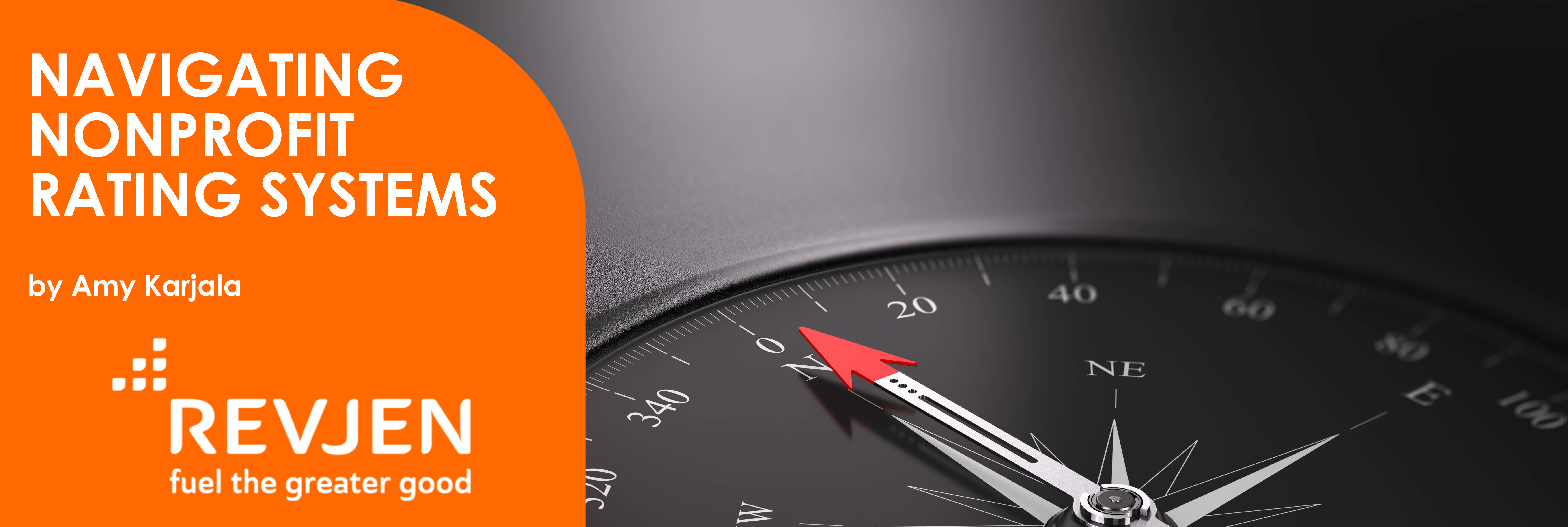Navigating Nonprofit Ratings Systems

At RevJen we focus on some of the key challenges facing nonprofits. One of the biggest of those challenges is financial sustainability. The hamster wheel as it is often called, is repetitive, frustrating, and a driver behind development talent turnover and isolation and burnout of leaders at organizations everywhere.
Which is why it isn’t surprising that this Chronicle of Philanthropy article shares a research finding that nonprofits who increase their star ratings do, in fact, raise more money as a result. It also found that “Earning a top-notch rating has become so important that some organizations may be trying to manipulate their financial data to achieve it.”
While the findings in this study are interesting on their own, they also point to scary truth: Some nonprofits are making long-term, strategic decisions using (at least partially) a lens of how it will affect their short-term Charity Navigator star ratings.
These rating systems are designed with good intent – help donors make wise investments in orgs that are having measurable impact. However, these ratings have a murky history of disproportionately harming early-stage, grassroots organizations and contributing to chronic underinvestment in infrastructure that leaves organizations and their leaders trapped in a starvation cycle of financial instability and professional burnout.
I have seen these decisions play out in leadership teams and board rooms for years. Do we hire a fundraiser now when the offsetting program costs don’t hit until next year? What does that do to our ratios? Do we invest in the tech infrastructure that allows us to scale even though we will likely lose a star on Charity Navigator? Do we invest in professional development for our team to retain them and help them grow?
These costs are not waste. They are not extras. They are critical investments in the organization.
A well-run nonprofit makes prudent investments in technology, revenue capacity, and people. That means a well-run organization should occasionally spend more on overhead than what has previously been deemed as ‘appropriate’ in a different time and context, And, assuming impact is the sole measure, they should do this regardless of what it does to these star ratings.
Often, leadership teams and boards know what they need to do to expand their impact. But they are stymied by a system that doesn’t serve them or the donors and are perpetuated by mindsets about what it means to be a well-run nonprofit.
Disrupting that system, removing barriers, and unleashing changemakers is why I was so drawn to RevJen’s growing community. Our Fuel programs help leadership teams tackle revenue infrastructure questions, understand their real costs, and have language to advocate for infrastructure investments to their funders. Our R-Squared Peer Groups address the burnout and isolation that this starvation cycle causes and allows us to aggregate and amplify the voices of leaders to shift this mindset in the sector. Together, we are changing the way change happens.
What got us here, won’t get us there. Great and impactful sectors constantly refresh thinking in the face of new evidence and better ways of doing things. The measures of what makes a great nonprofit are one of those areas that needs a reframe to increase speed and success of the impact we all seek to make.

